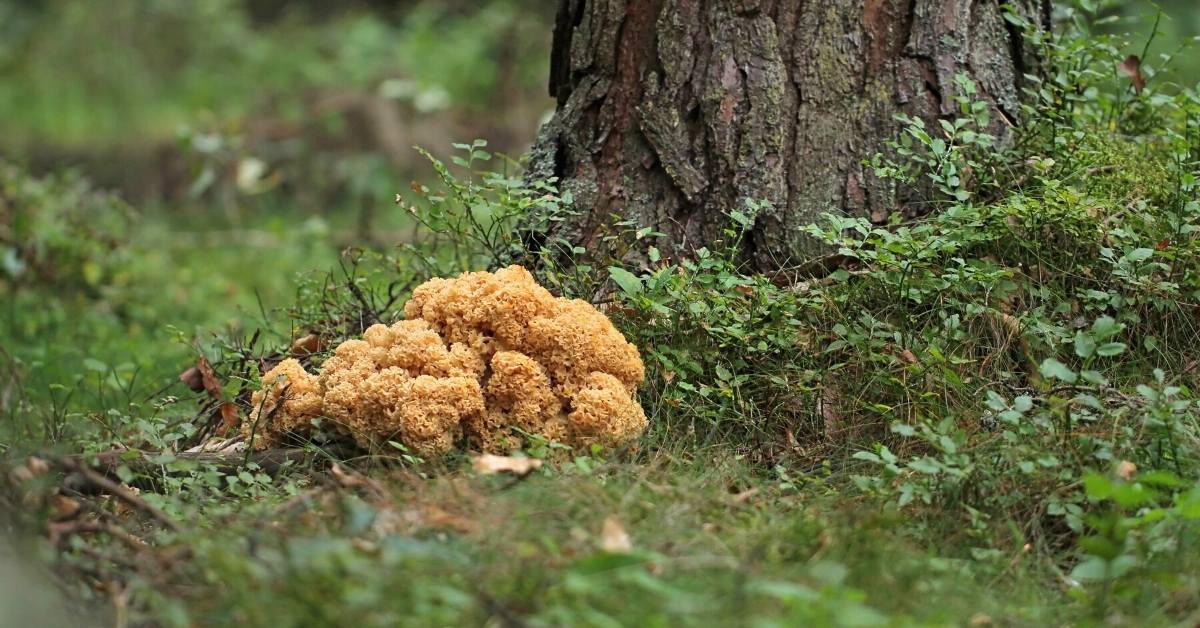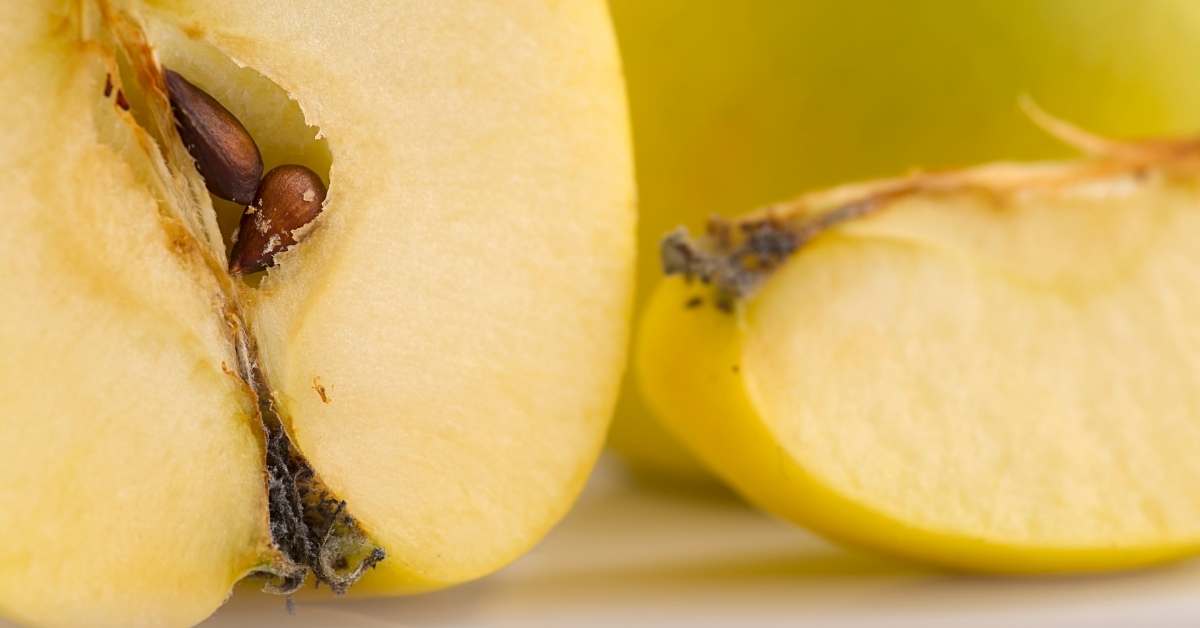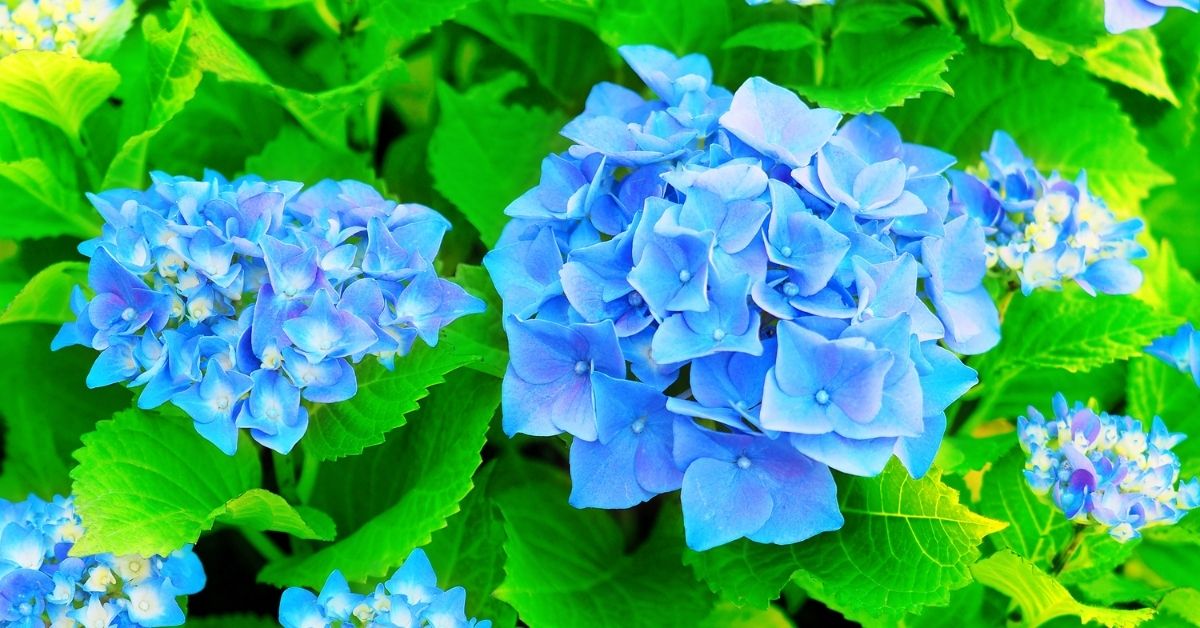Although beginning to grow mushrooms at home can be a difficult and scientific endeavor, with the right books, videos, and online knowledge, you will be able to comprehend the entire process of cultivating your own mushrooms.
In today’s post, I’m going to explain 3 varieties of mushrooms to start growing at home for profit or just as a hobby.
Best Mushroom Varieties To Start Growing
How To Grow Mushrooms
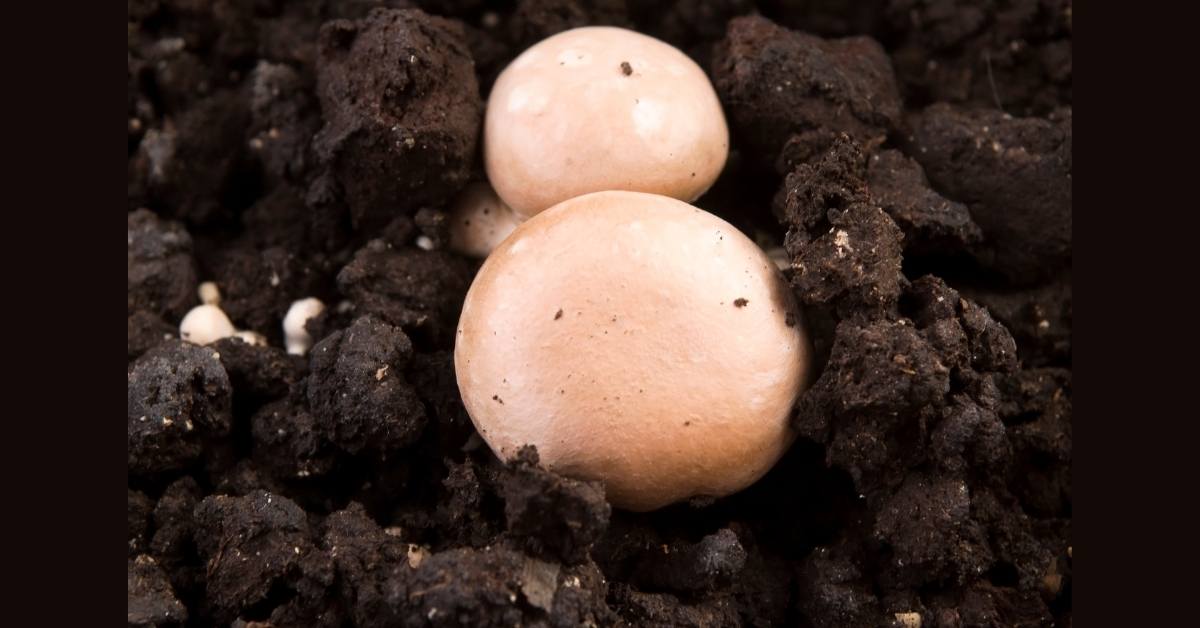
To begin, you must first pick the type of mushroom you want to cultivate. Oyster, Shiitake, Lion’s Mane, White Button, and Portobello mushrooms are some of the most popular homegrown mushrooms.
Obviously, many more mushrooms may be grown at home, but those handfuls appear to be the most popular, possibly due to their ease of cultivation and overall flavor. After you’ve decided on a mushroom, you’ll need to research its special growth requirements, as each fungus has its own set of requirements.
You’ll need to locate a substrate, which will be used to grow the mushroom (They thrive on wood and other natural materials in the wild). Sawdust, paper, and other wood-based materials are the most popular substrates for cultivating mushrooms at home.
You’ll need a container, such as a plaster bag, once you’ve got the substrate. You’ll also need some mushroom spawn, which you can get on the internet.
Learning How To Grow Mushrooms
If you are serious about growing mushrooms for your own use or to sell as a business, you must first learn how to grow mushrooms. The best method to learn how to grow mushrooms is to get the right course or book for effective mushroom cultivation.
Mushroom Preparation
Once you’ve picked your mushrooms from the wild, you will need to try and act quickly to get them prepared and ready to be eaten. Once a mushroom has been cut at the stem, it will be ready to die and will only keep for a couple of days if kept in good condition.
Mushrooms, when picked, should be placed in a wooden basket to enable them to breathe properly. When taken home, you will need to check them for grubs and other bugs and then remove any excess dirt and grit, which can be pretty frustrating to eat.
A mushroom brush (you can buy it on Amazon) can be used relatively easily just to brush away any visible dirt from the mushroom’s surface, either on its cap, in its gills (which can be quite fiddly), and on its stem. The brush can be damp if you like, and you could also use a piece of tissue or kitchen paper.
You should never wash a mushroom – mushrooms are very good at absorbing moisture, and by washing a mushroom, you will be removing any of its flavors. Some people place shop brought field mushrooms in a bucket of water while they scrub them – they are simply ruining the flavor of an already very flavorless mushroom.
To check for grubs in your mushroom, you can usually just slice through the stem in a horizontal motion. If very small holes are visible, then this is likely to be the entrance point of the grub into the mushroom (tunneling up through the ground and up the stem).
Check out this video:
Sometimes you can slice the mushroom and cut away any parts that the grub has encountered, but often you will find where one maggot exists, there will be more, and this can be pretty frustrating. It is best to check for grubs in this way as soon as you have picked the mushroom in the wild.
This way, you can simply return it to the woodland floor where the maggots can continue to eat the mushroom and continue its natural lifecycle and so it can drop any more of its spores.
You may find that some grubs or bugs enter the mushroom from its cap, so when you are slicing your mushrooms through the cap, be aware that any visible holes again could have been caused by grubs. However, any maggots or bugs consumed along with the mushroom are unlikely to do you any harm; it’s probably best to avoid them.
Once the mushrooms have been wiped clean using a tissue or brush and have been checked for grubs, they will be ready to eat. You can choose to grill, fry, or bake your mushrooms as you please. You might even want to dry or freeze your mushrooms to enable you to enjoy them at a later date.
This can be a good idea if you have picked more mushrooms than you require for that day to save them from going to waste.
Alright, here are the 3 types of mushroom to start growing.
1. Brown Birch Bolete (Leccinum Scabrum)
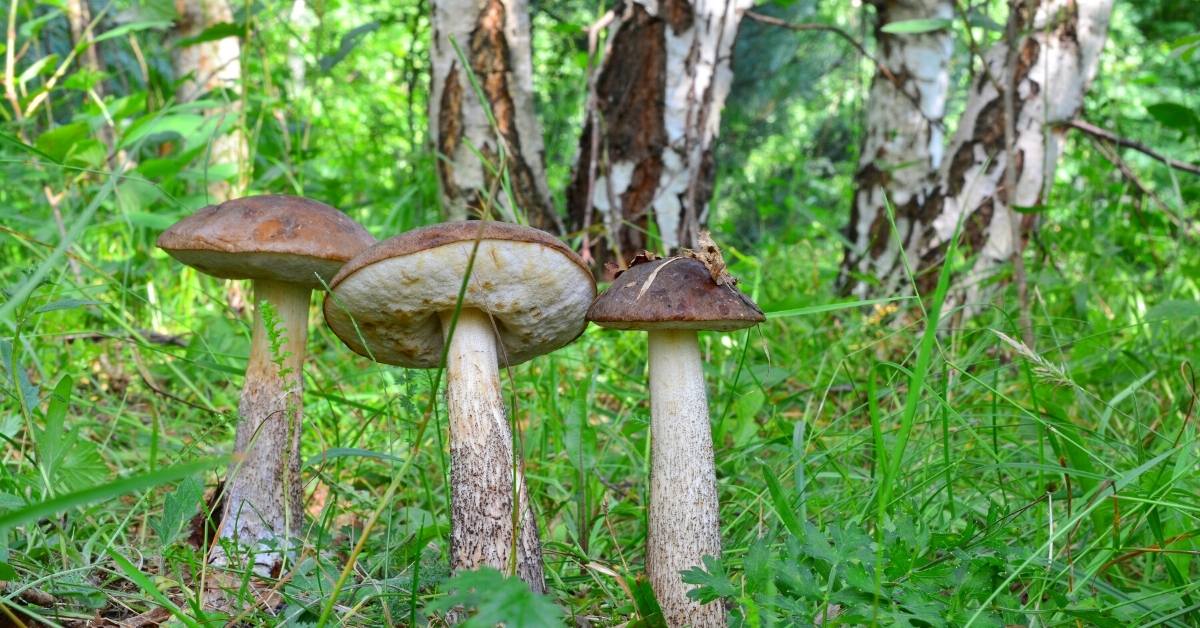
Unfortunately, the Brown Birch Bolete, or Leccinum Scabrum, is one of those rarer mushrooms that taste relatively poor compared to its appearance. However, it is not actually a rare mushroom, just rare in the taste department (so many of the edible mushrooms that look “tasty” are actually very good to eat too).
Brown Birch Bolete
From around late August, the Brown Birch Bolete’s have been appearing in great numbers wherever the conditions are suitable, and this year seems to have been very good for them in particular. They will grow amongst Silver Birch trees (as the name suggests) and like wet, grassy ground. Expect to find them in many deciduous forests and anywhere really that Silver Birch are present.
Bolete Mushroom
Amazingly I recently spotted a larger, firm Brown Birch Bolete which bore the markings of some kind of animal. At first, my guess was a bird of prey, using the Bolete as a perch, but the marks left by the feet of the animal don’t really seem right for a bird.
Later on, after having some more time to consider it, my guess was that it could have been a Squirrel. Whatever it was, it looks like it’s gone to take a chunk out of either the Bolete or whatever it was carrying (maybe a nut. Or maybe there was an insect or creature on the mushroom that it decided to eat.
2. Chestnut Mushrooms Growing In A Field
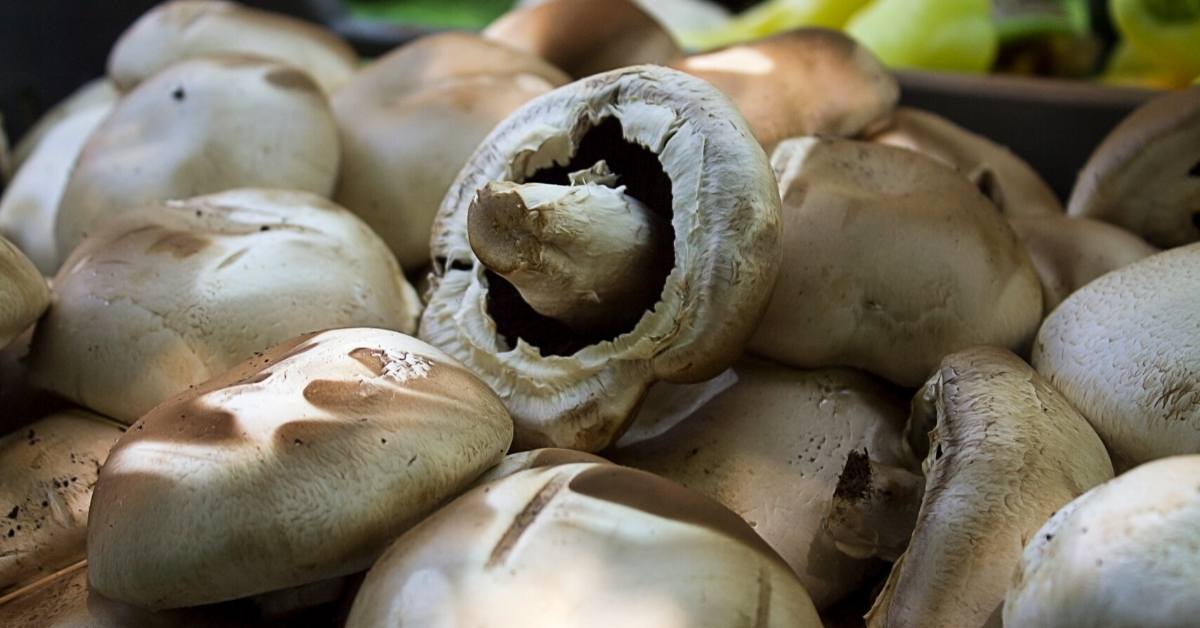
With the temperature dropping recently in the South of England and plenty of wet, damp weather, conditions seem to be perfect for many different, more Autumnal types of mushrooms. It appears that Chestnut mushrooms have also been very happy with the recent conditions, as I’ve noticed many of these coming up in the past week or so.
Chestnut Mushrooms Growing
I’m not certain what these mushrooms are called, whether it’s a Chestnut mushroom (as they are labeled as in the shops), a Button mushroom, a Closed Cap mushroom, a White mushroom, a Horse Mushroom, a Portobello mushroom, they all seem to be the same type of mushroom – also known as Agaricus Bisporus.
This is the number 1 most cultivated mushroom in the world, but when found growing in the wild, it will have a more intense, nuttier flavor than the shop mushrooms, which are usually far less fresh and less flavorsome.
Chestnut Mushroom Growing Wild
You will find few varieties of Agaricus Bisporus mushrooms growing in fields in the wild. They like the presence of horses (whether this is due to the horses grazing on the grass, keeping it short for the mushrooms, or due to the natural fertilizers that the horses will produce on the ground, I’m not entirely sure).
Many mushrooms love to grow in or around horse manure, which may be why many Agaricus Bisporus mushrooms will appear in a field containing horses.
Horse Mushrooms In The Wild
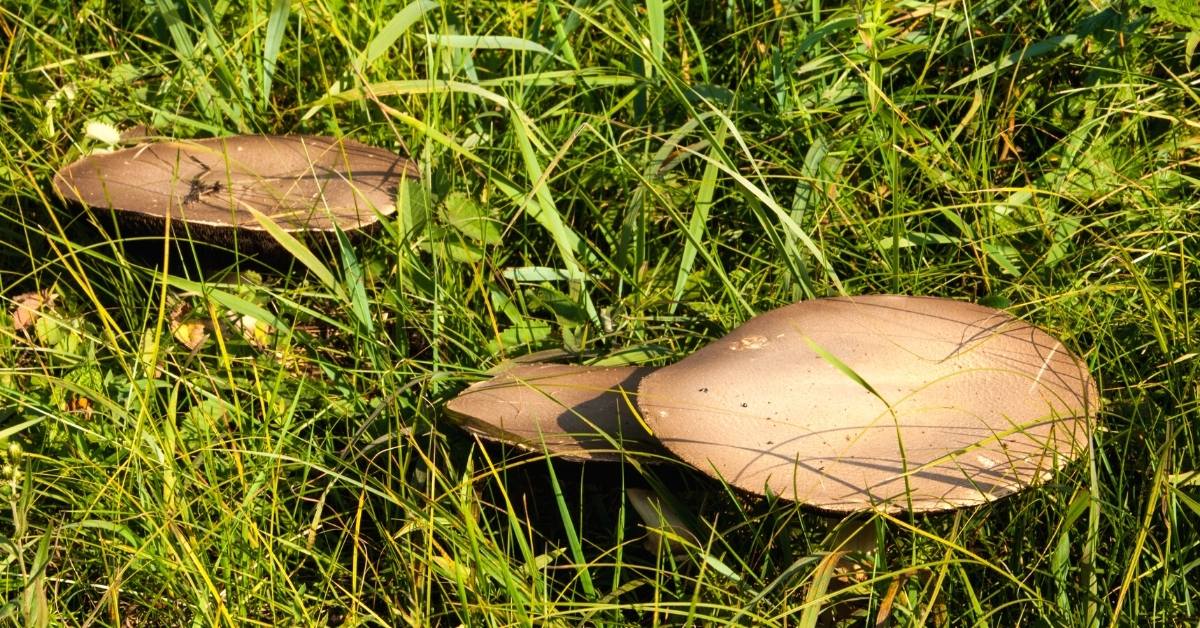
The Chestnut/Horse mushrooms that we picked a few days ago were growing on damp, wet ground, and they almost always appeared to grow in small clusters – if you saw one mushroom, you would probably find about 4 or 5 of them scattered around that one position.
On some occasions, they even grew in lines, almost like the fairy ring mushrooms. The only negative with these mushrooms is that the larvae often have worked their way up the stems and inside, so when you cut them at the base of the stalk, have a quick look to check for any holes in the bottom of the stem.
If there are some, try cutting the mushroom in half (up the stem) to see how much damage the maggot has done; usually, if you notice any sign of grubs, then its best to just lay the mushroom back down on the field in the same position so that it can continue to drop its spores.
3. Cauliflower Fungus – Sparassis Crispa Growing In The Wild
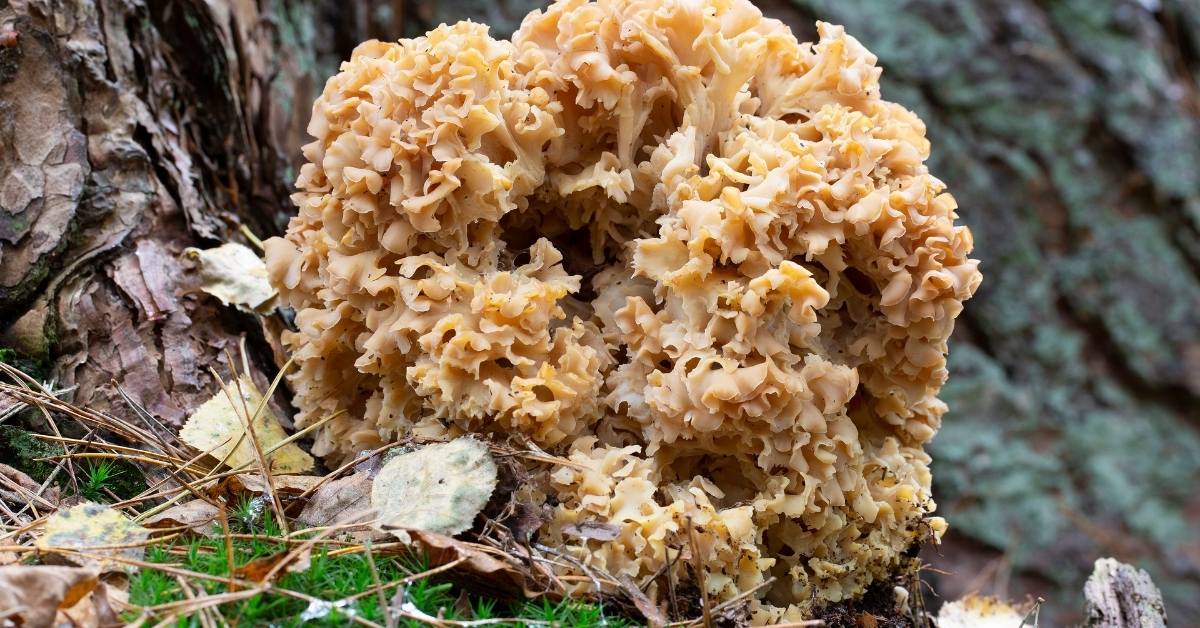
It was nice to discover a very large if slightly old Cauliflower Fungus growing at the base of an old pine tree in the New Forest, on a route that I usually pass where there are various other edible mushrooms.
Even though this Cauliflower fungus was possibly still okay to be eaten, I decided to leave it for other people to enjoy, and I’ve heard that old ones are far harder to get clean (not that the young ones could be much easier to clean, I imagine!).
This Cauliflower Fungus was probably about 40cm in diameter, and I’m pretty sure when I returned a few weeks later that someone (or something) else has taken part of it off, whether it tempted another person or not, I’m not sure.
They can grow much more significant than this one, and if you do find one this size, then it’s best just to take off a small section – it’s unlikely that you will be able to eat all of it unless you are feeding many many people with it!
Here is another video which I find extremely useful:
Mushroom Diseases and Prevention:
Mushrooms (being themselves a fungus) are particularly susceptible to various diseases and blights. Several fungal and bacterial diseases afflict mushrooms but are usually only serious on a commercial scale.
Bacterial blotch, which causes mushrooms to become discolored and sticky, is usually encouraged by high temperatures, moist conditions, and inadequate ventilation. This can easily be avoided by regular cooling and ventilation of the propagating area.
Correct cultural treatment should prevent the troubles associated with these ailments, but if they do occur, watering with a solution of sodium hypochlorite or solely chlorinated water will assist in combating the diseases. This treatment and the use of dust or sprays of zineb or quintozene will control certain other diseases of mushrooms.
The symptoms caused by the various afflictions mentioned above and diseases are usually very similar, and care must be taken to ascertain the exact nature of any affliction. Expert reviews should be carried out before treatment is carried out as this will prevent possible destruction of the entire crop.
Virus diseases that also attack mushrooms can only be controlled by steam sterilizing an infected mushroom growing bed and the affected soils. The soil is often the harbourer of the diseases too.
Mushroom flies are also a source of death and destruction in the mushroom community and can cause widespread devastation of most mushroom crops in a short space of time. The larvae of fungus gnats and other flies tunnel into mushrooms’ soft flesh stalks and caps, rendering them inedible and encouraging wilt and disease.
Due to their virulence, the small invading adult flies, often present in large numbers, can be eradicated by fumigating with nicotine or spraying with nicotine or pyrethrum. Control of infestations can also be executed by the use of watering with a spray strength solution of these insecticides into infested mushroom plots to kill hiding maggots and parasites.
Both the diseases of mushrooms and the blighting pests that haunt them too are notoriously difficult to control and prevent in the amateur plot, merely due to the differing degrees or available decaying matter in your next-door neighbor’s garden.
One of the worst possible tasks to attempt is to control the spread of soil-borne diseases, as these will require time-consuming and laborious methods to prevent and defeat the diseases.
When cultivating fungus in the garden for edible forms of mushrooms, particular care must be taken to avoid the cultivation of ‘grey mold’ – a particularly destructive disease whose spores can lay waste to entire crops of leafy vegetables.
If grey mold does occur, the infected plants and land should be burnt. If the spores are present under glass in the greenhouse, then the area can be cleared by the use of the fumigator tecnazene. Good luck with combating the spread of mushroom diseases and blight as they are, in effect, biological matter and will require specific and monitored attention to eradicating them effectively.
Conclusion
The mushroom itself is supposed to have a strong, nutty flavor and is considered to be one of the better types of edible mushrooms. It is very hard to confuse this with any other kind of wild mushroom, the only one bearing any type of resemblance is the also edible Chicken of the Woods, and it is extremely unlikely that you would confuse the two.
